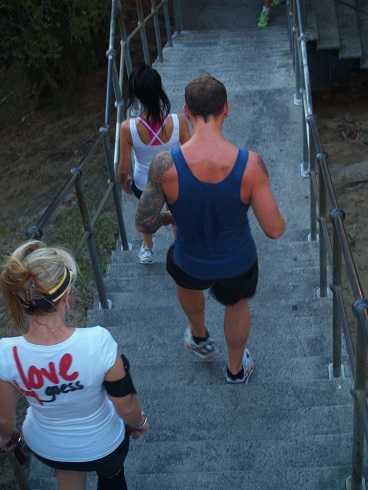
Build Your Career or Business Prospects in the Health and Fitness Industries
INTERNATIONALLY RECOGNISED BY IARC
This course can provide a foundation and significant step toward careers such as:
- Centre manager or assistant manager (leisure centre, medical centre, wellness centre, health centre, fitness centre, sports centre etc)
- Small business owner / operator
- Receptionist, personal assistant, supervisor, trainer, etc